Did you know that even when you’re fast asleep your body is still using energy?

Even when you're fast asleep, dreaming of not having to wake up early for school, the body still uses so much energy! That's because it has to keep a constant internal environment.
This process of keeping things the same is called homeostasis.
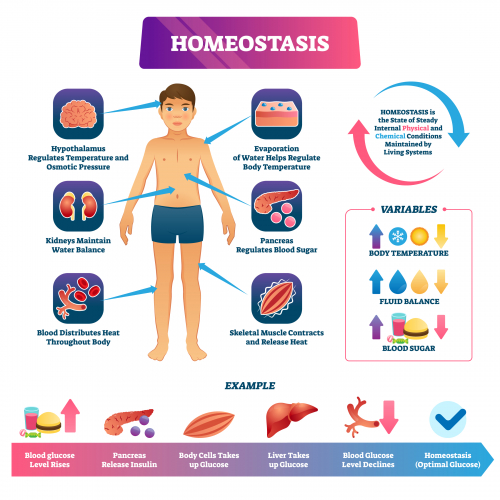
A series of automatic control systems ensures that the body maintains a constant temperature, steady levels of water and balanced blood sugar levels. It also ensures that levels of particular hormones are kept in check, such as adrenaline and thyroxine.
Homeostasis allows the body’s cells to work at their optimum, meaning that conditions allow them to work at their best.
The conditions of the environment are always changing. Our body has to respond to these changes, but at the same time ensure that certain internal conditions don't vary too much, otherwise, damage could be caused.
One example is temperature. Environmental temperature is constantly changing - part of a day can be very hot, the next, very cold. Even slight changes in body temperature can have a major effect on health. If body temperature falls too low, reactions become too slow for cells to survive; too high, and the body’s enzymes are at risk of denaturing. Our organs, such as the heart, liver and kidneys, are maintained at 37°C. This is the core body temperature - our body has to maintain this temperature. This is done by negative feedback.
Negative feedback is how the body maintains normal levels. If the level of something rises, control systems will come into place to reduce levels again and if the level of something falls, control systems raise it again.
Negative feedback can be summarised in the flow diagram below:
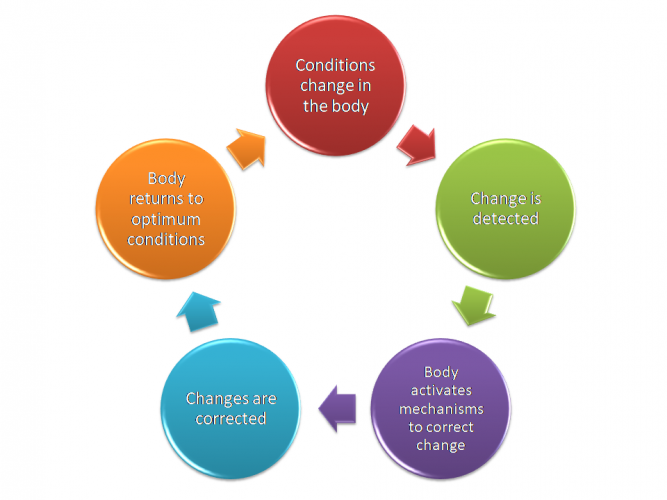
Adrenaline is a hormone produced by the adrenal glands, located above the kidneys.
Adrenaline triggers the body’s fight-or-flight response. What is the fight or flight response? Let’s find out more below:
In stressful situations, you will find that your heart beats fast and your hands may start to sweat. This is caused by adrenaline. Adrenaline will travel into the blood and act on vital organs such as the heart and brain, and certain muscles. Your heart rate increases and your breathing becomes more rapid, delivering oxygen and glucose at a faster rate for respiration. This gives the body the energy it needs to run away (imagine facing a lion!) or to stand your ground and fight in a stressful and dangerous situation.
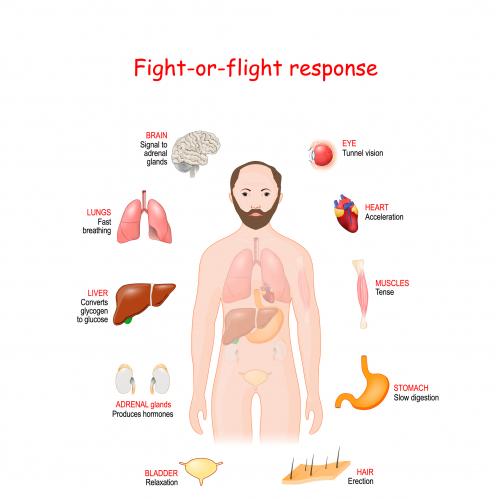
When adrenaline is released into the bloodstream, it creates many effects:
The pulse rate increases and an increased volume of blood is pumped by the heart.
There is an increase in the depth of breathing.
Blood vessels supplying the muscles dilate, allowing more blood to pass.
These effects allow the body to get ready for a quick response to a situation that could potentially be life-threatening.
In everyday terms, it could be when you have to give a presentation to your class. You might start to feel nervous and your heart could begin to race. Your body will react by delivering more glucose to your cells for respiration, and this will give you the energy you need to present to the class (fight), or you might leave the class deciding not to present (flight). Not exactly life-threatening but still important!
Adrenaline is an example of positive feedback. Positive feedback amplifies a change rather than returning it to normal conditions, as in negative feedback.
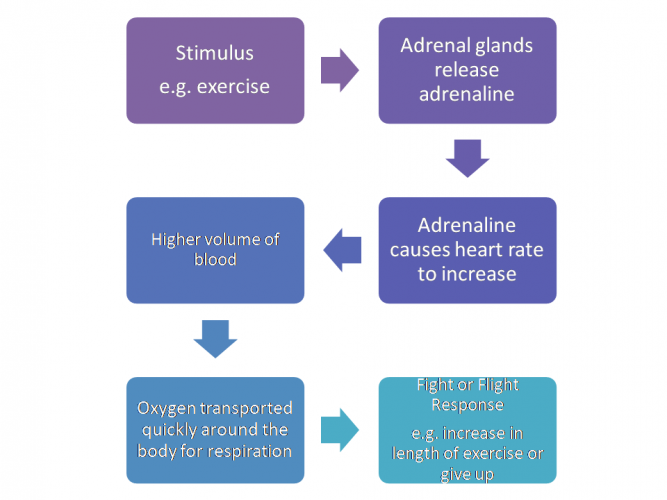
Thyroxine is the name of another hormone. It is produced by the thyroid gland. It controls the rate of reactions that occur in your body. It controls the speed at which oxygen reacts with glucose to produce energy for the body - this is called the metabolic rate.
The amount of thyroxine in the blood is controlled by negative feedback.
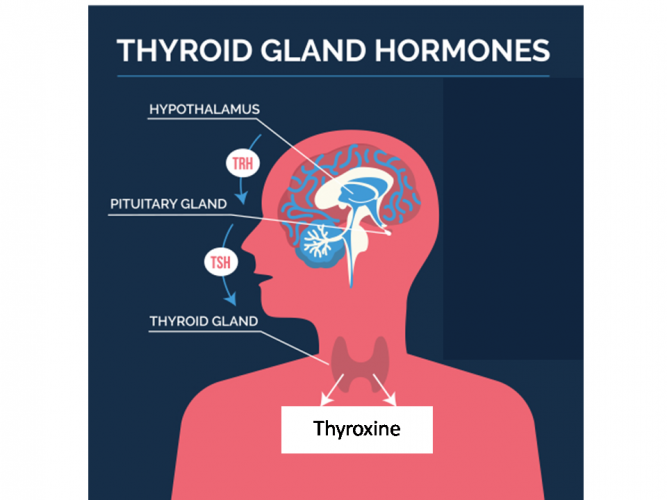
If the levels of thyroxine are low in the blood, the hypothalamus in your brain releases TRH (thyrotropin-releasing hormone). This causes the pituitary gland to release TSH (thyroid-stimulating hormone), which causes the thyroid to release more thyroxine - the levels of thyroxine go back to normal.
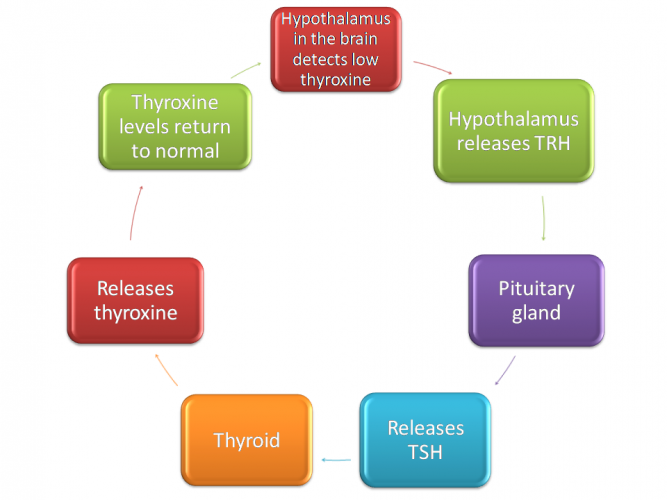
In the following activity, you will explain the role that negative feedback plays in homeostasis.








